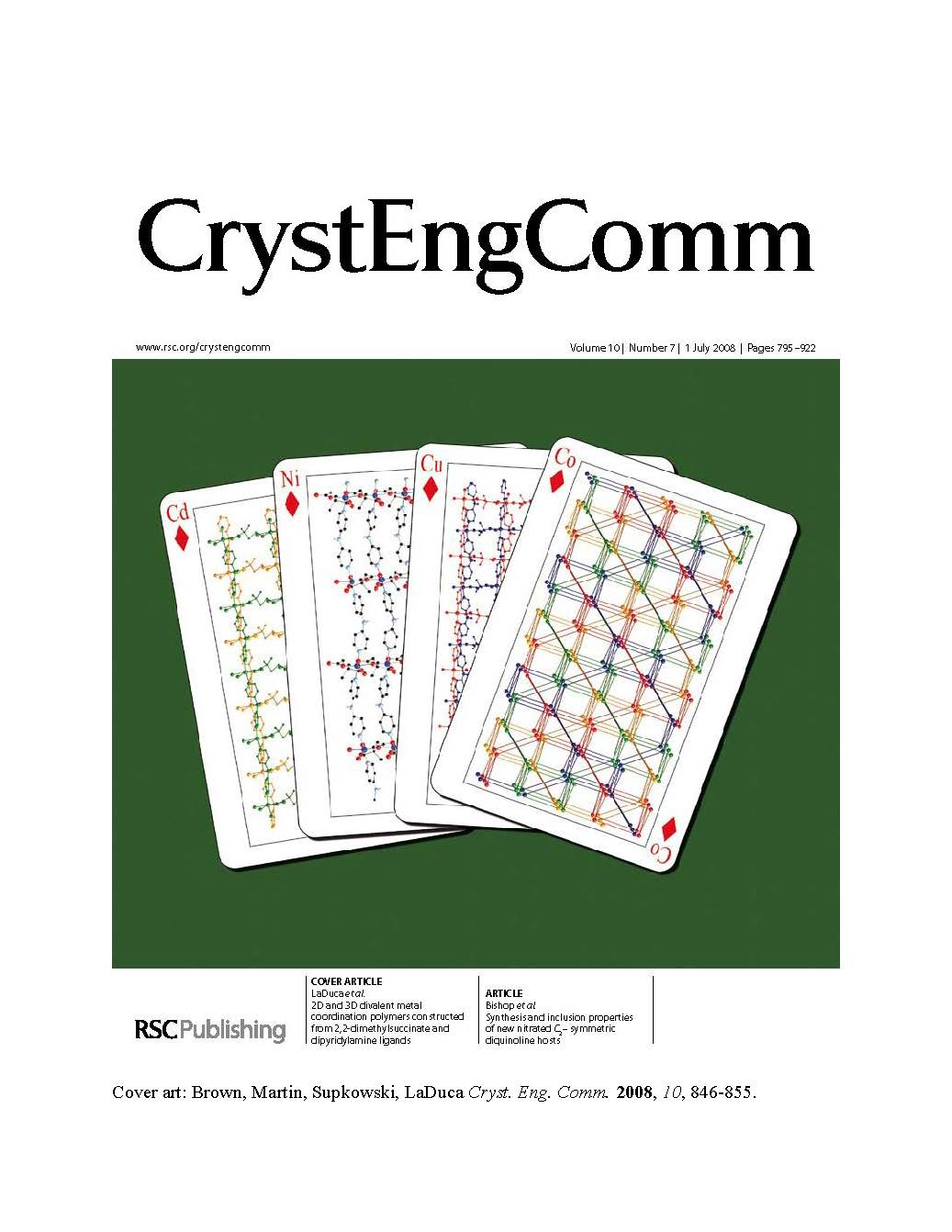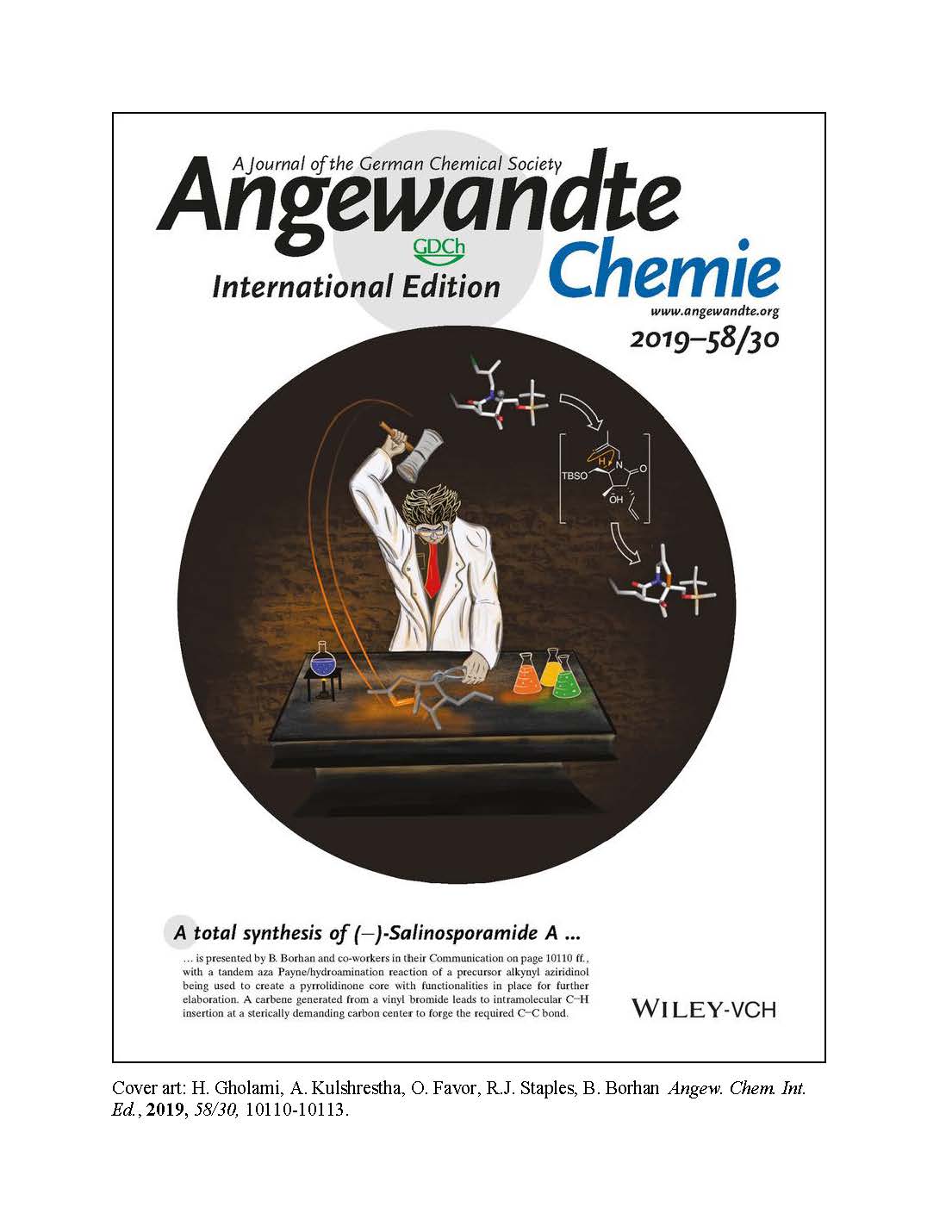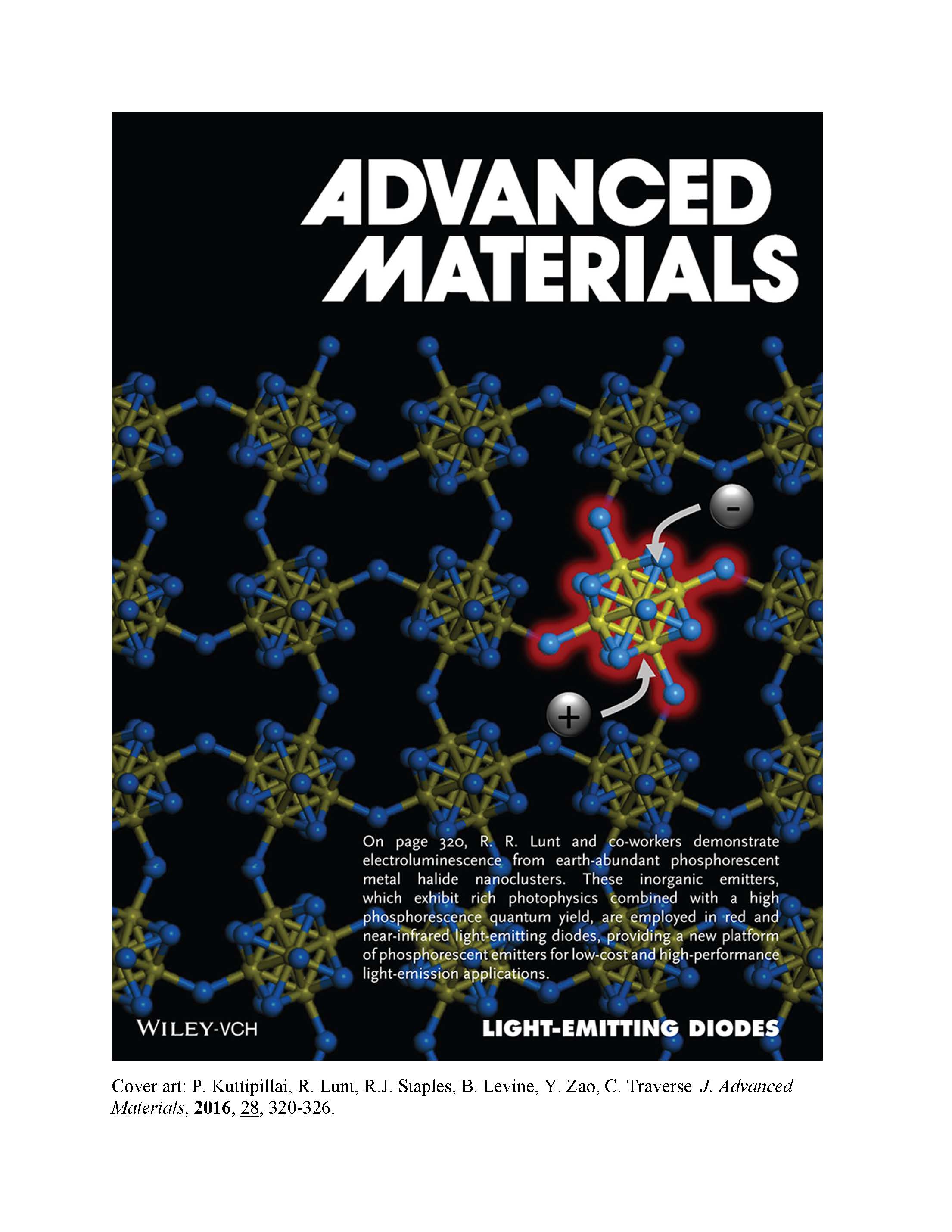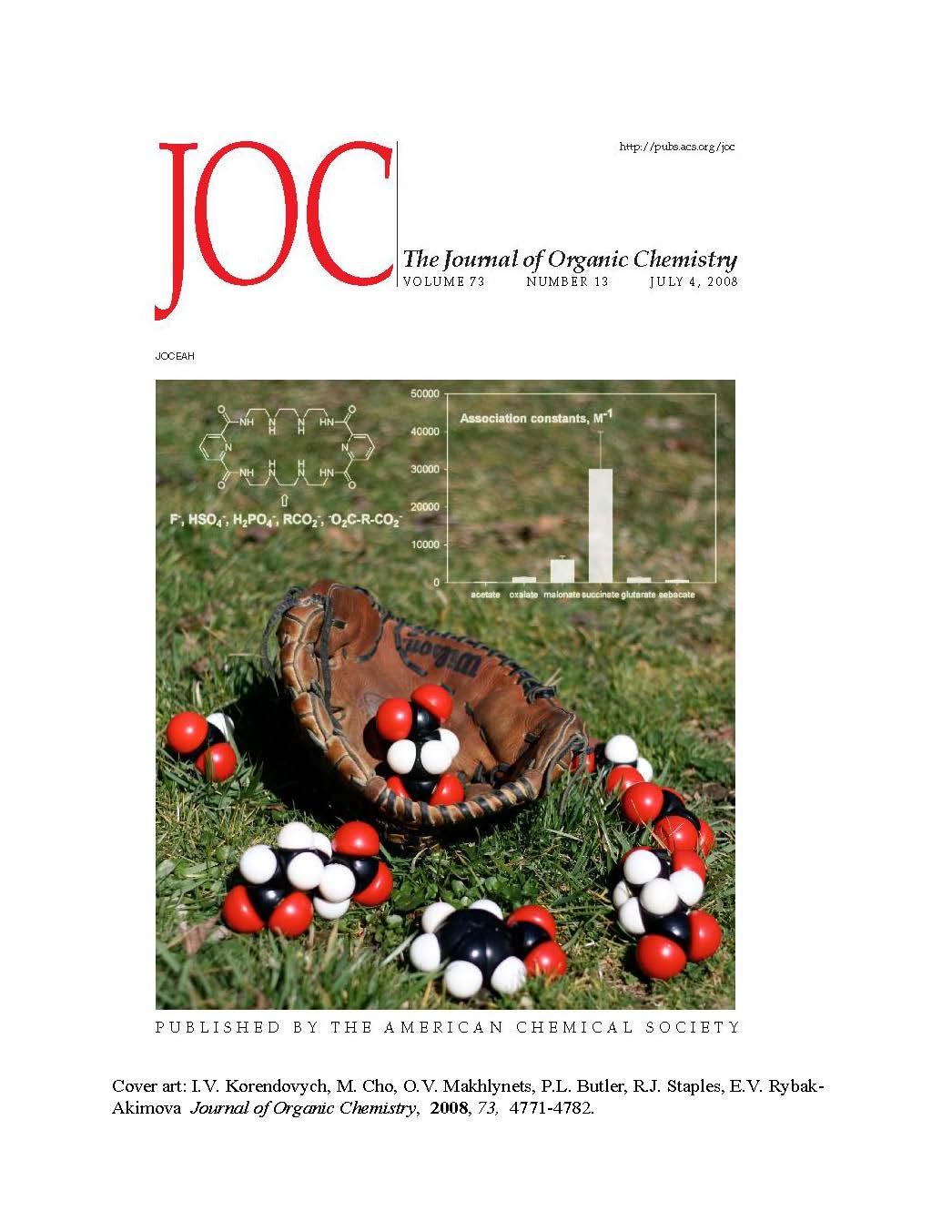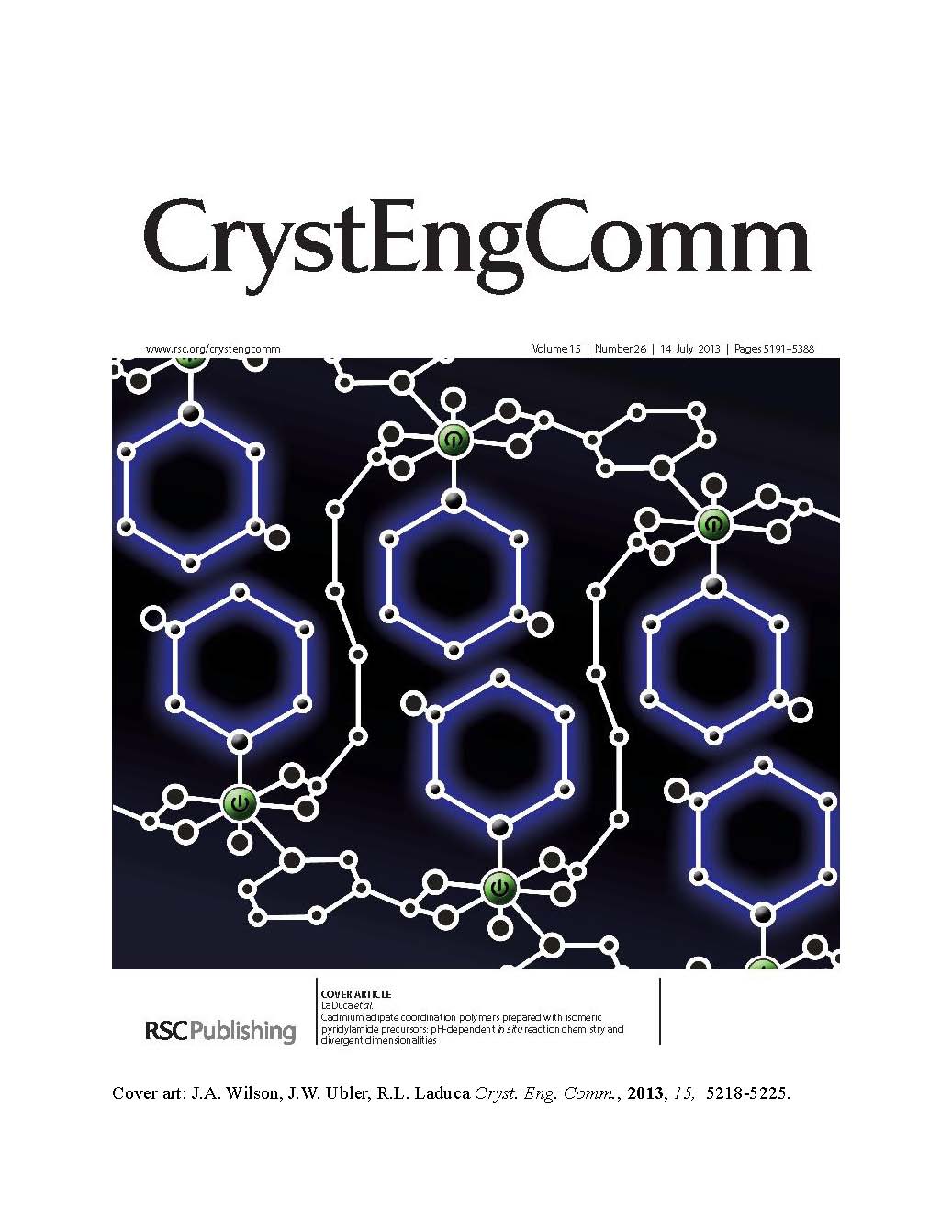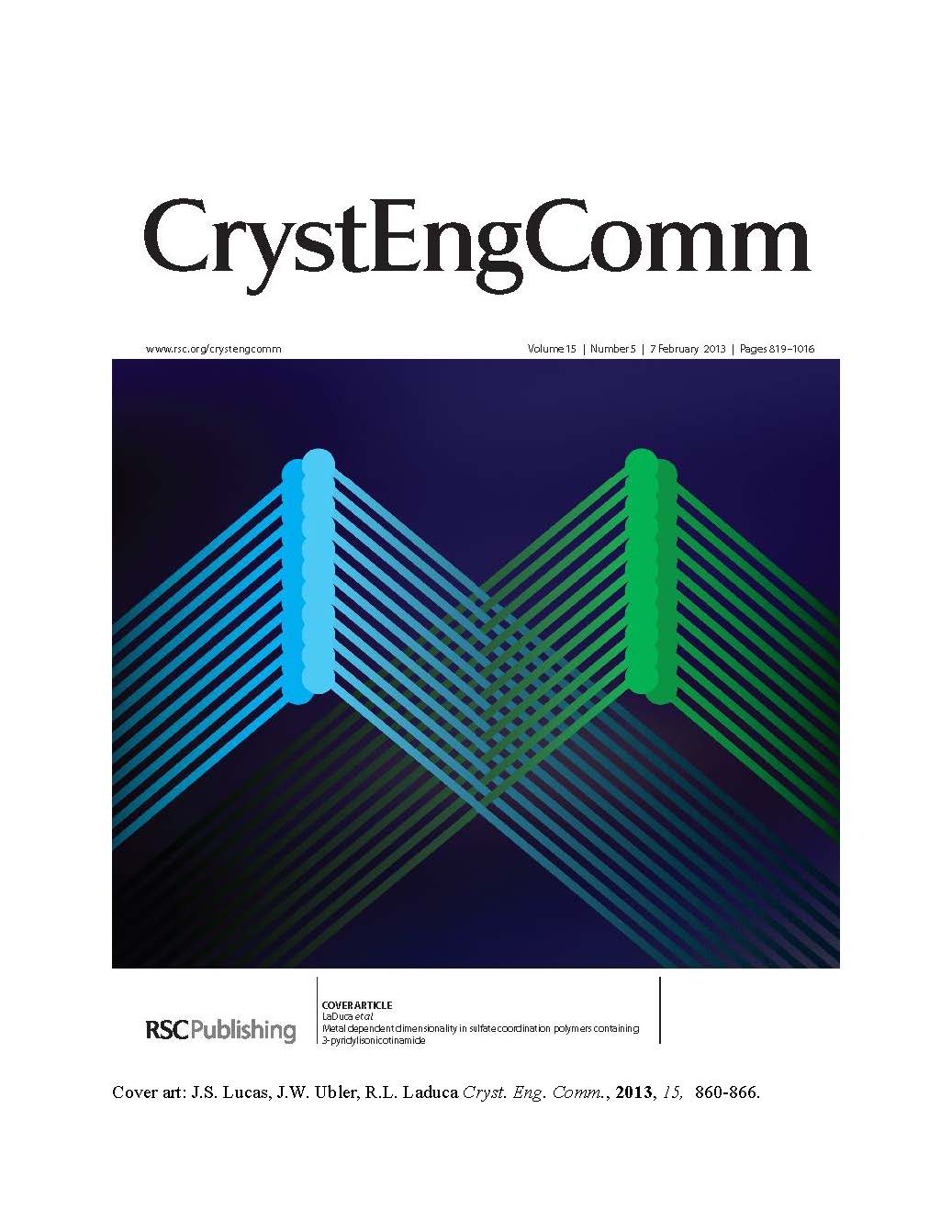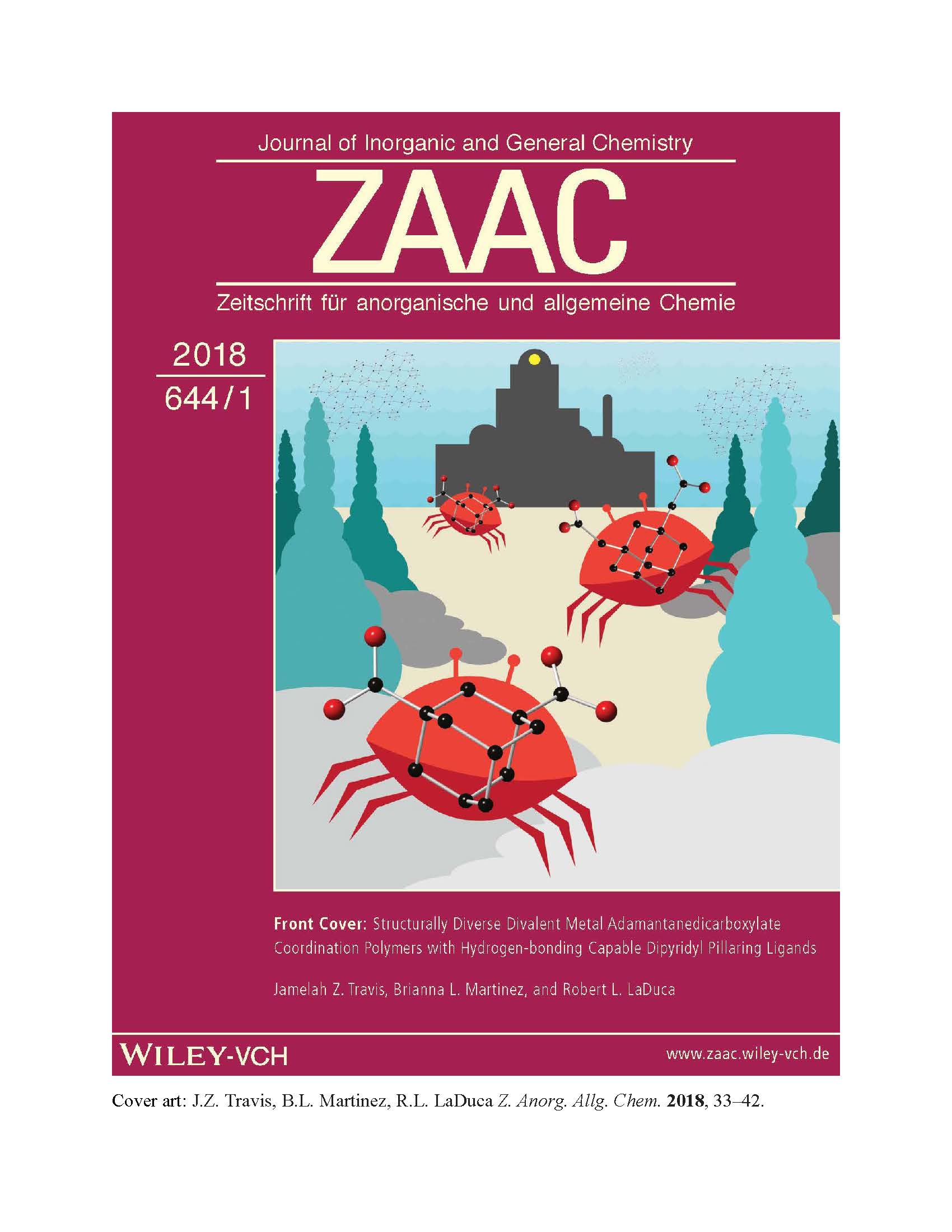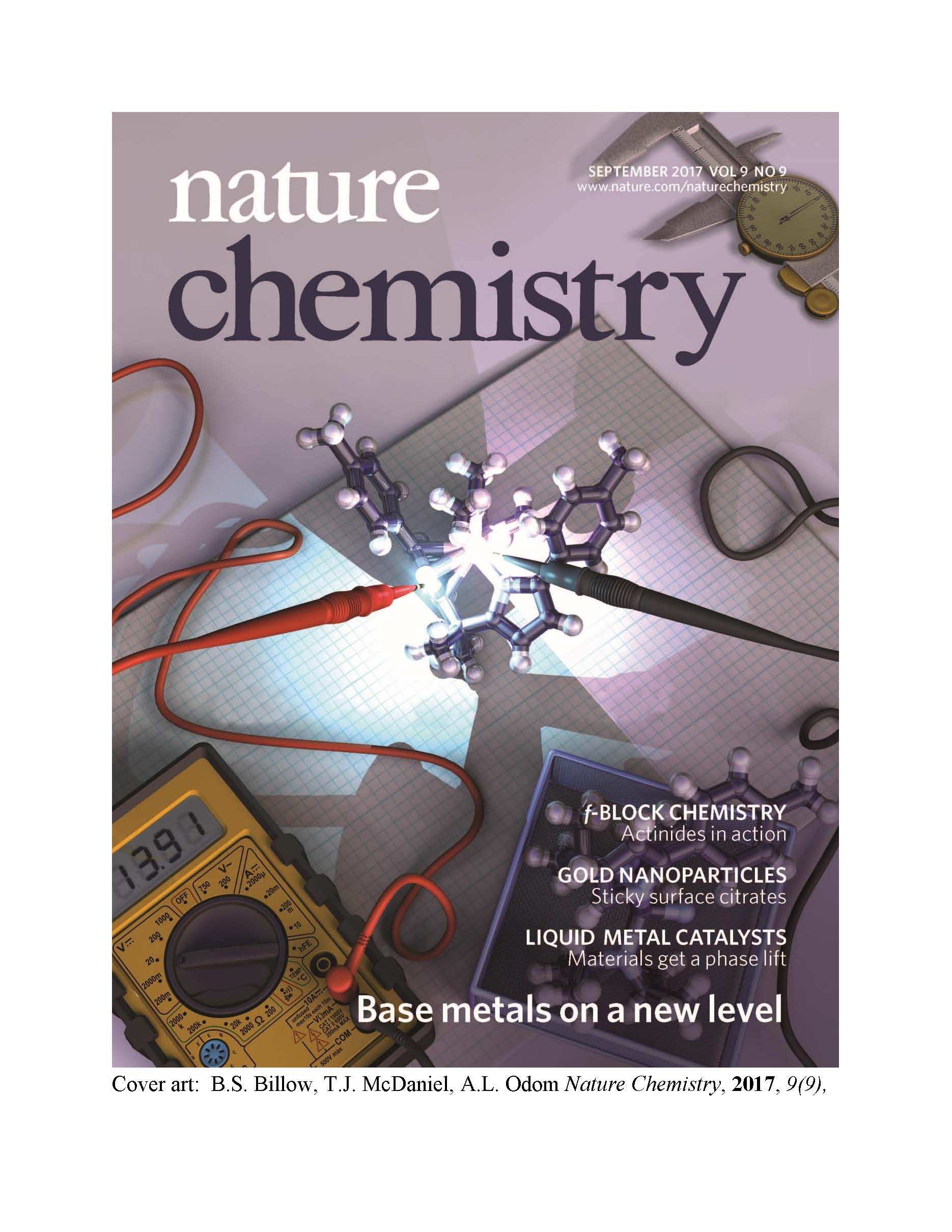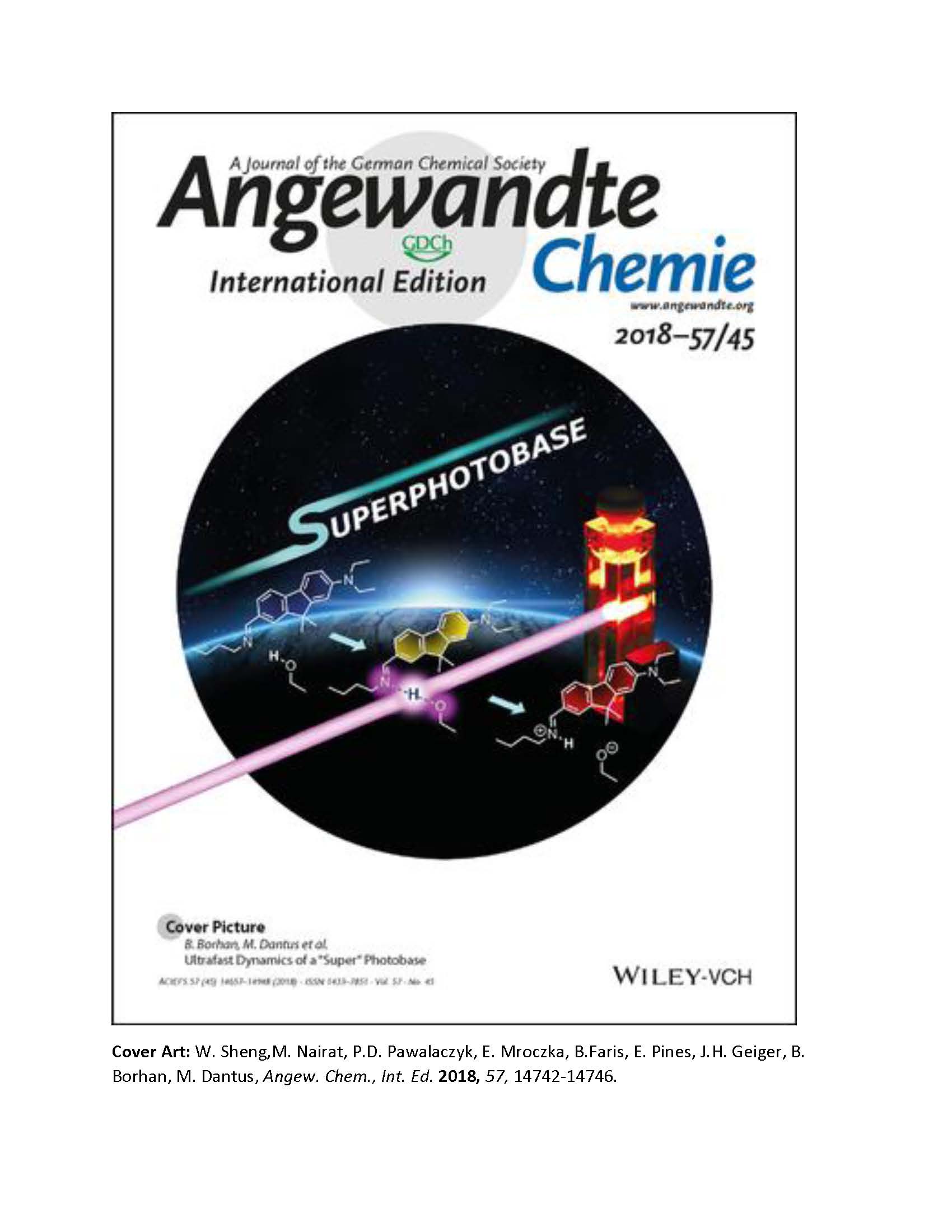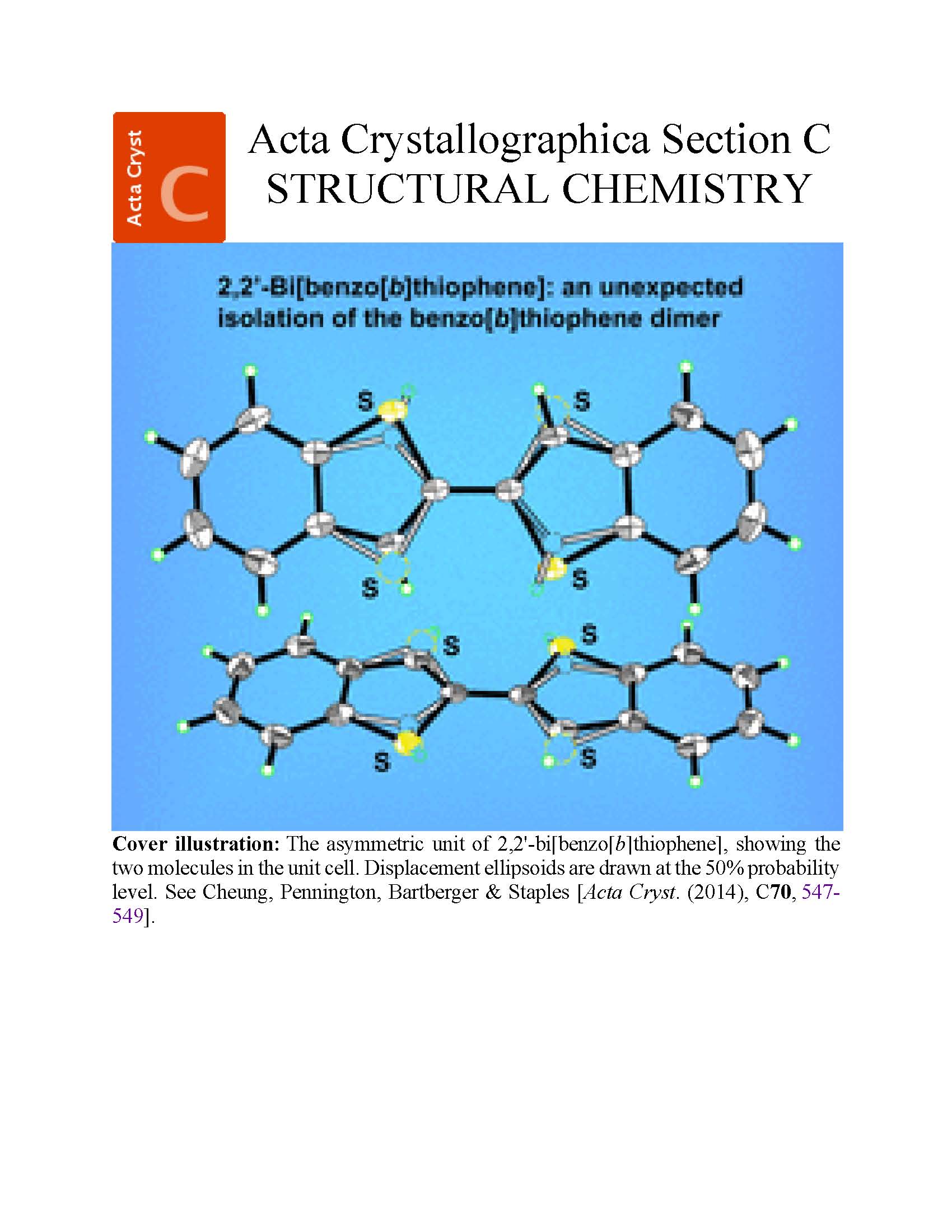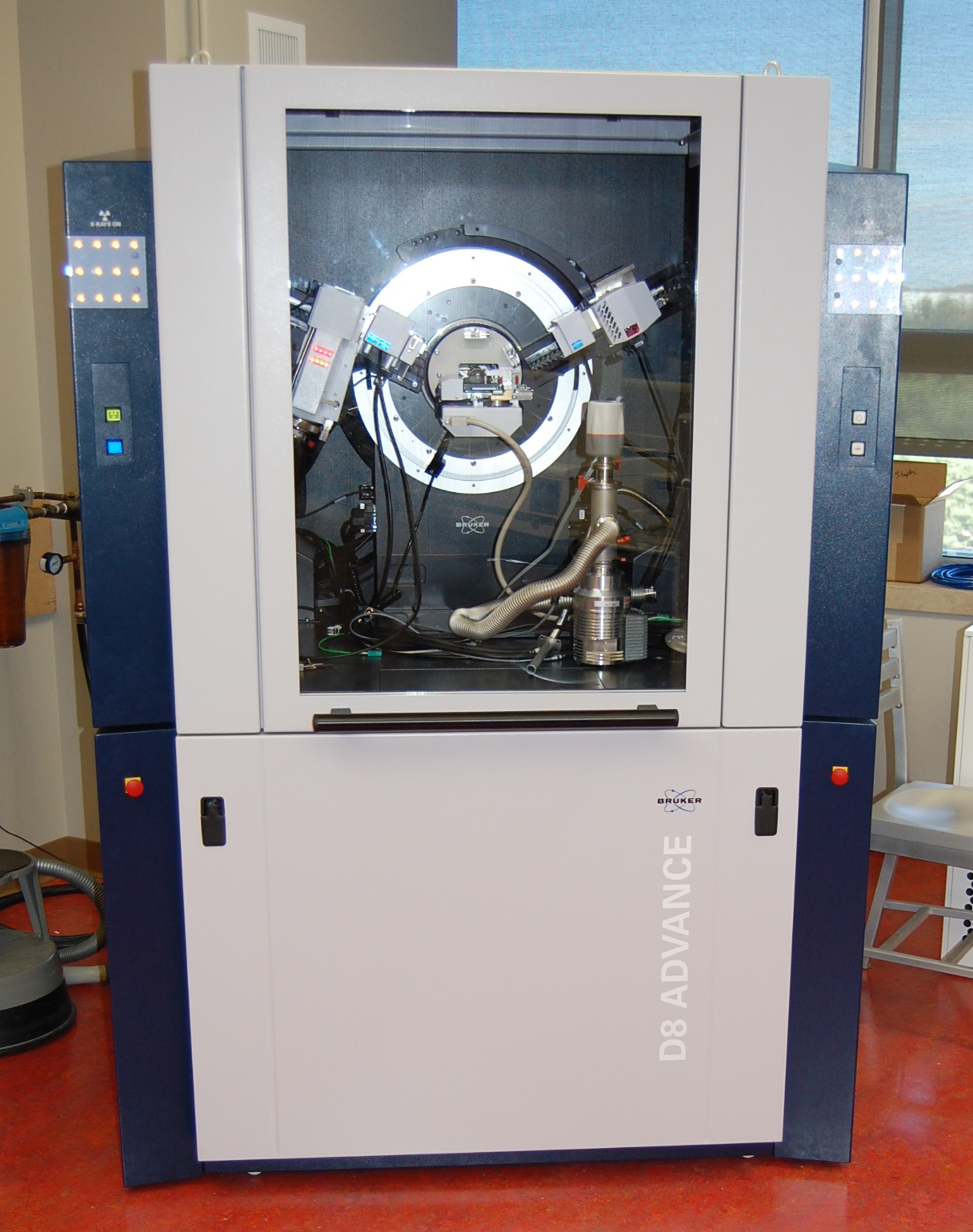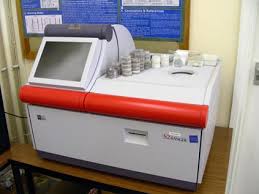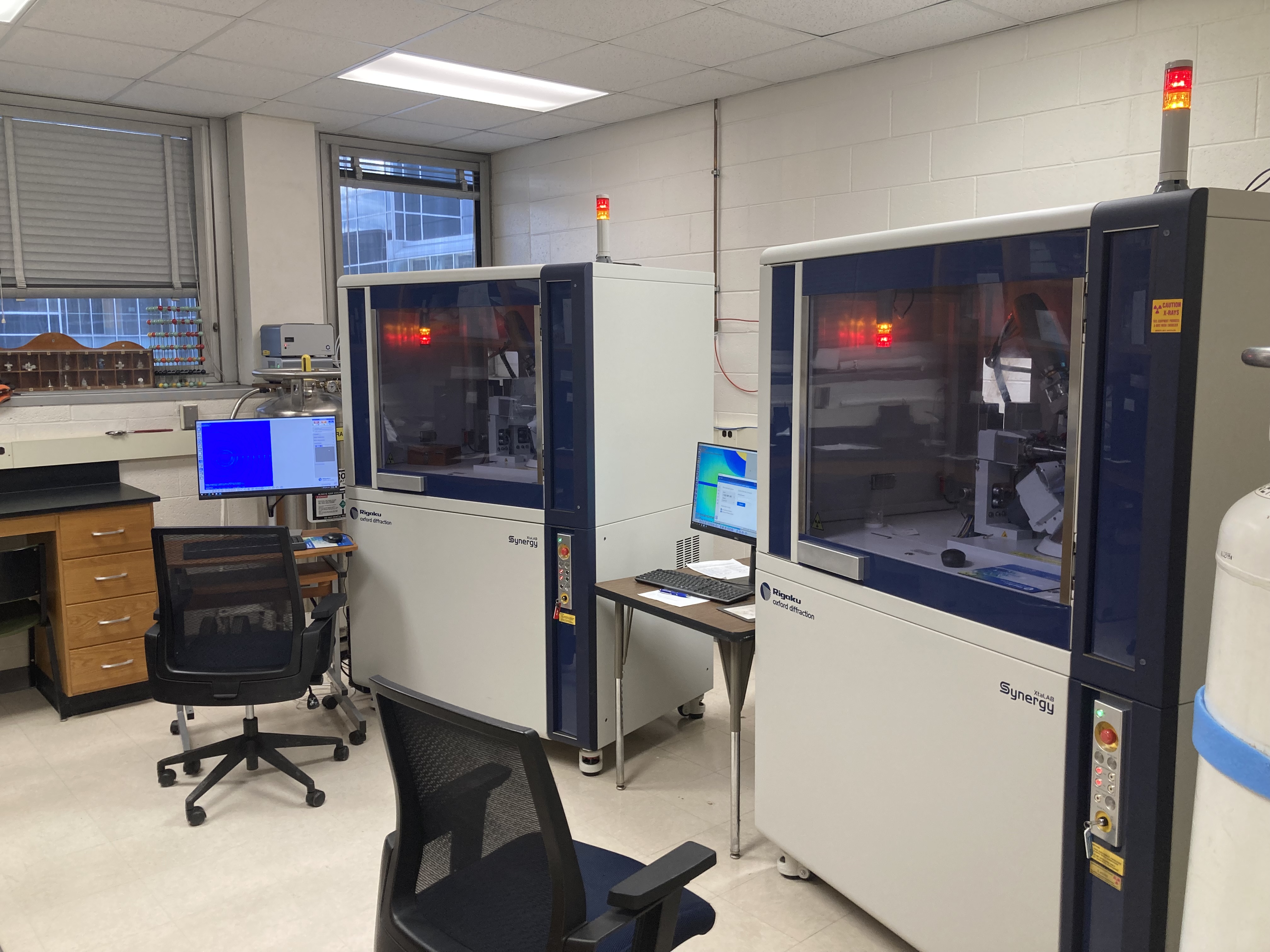SINGLE CRYSTAL X-RAY DIFFRACTION |
 Chemistry Building Room 434 |
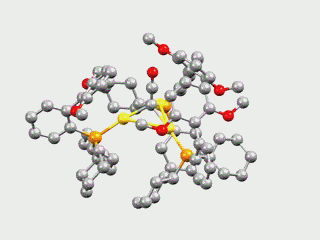
The Center is open for use by all members of the research community, both industry and academics. Questions regarding the services provided should be directed to Dr. Richard J. Staples or by e-mail staples@Chemistry.msu.edu. The facility accepts samples to be analyzed or allows the for the use of the user to perform the experiment.
Click here for Single Crystal Submission form.
Description of Services
To become a user, click here.
What do I need to bring to the crystallographer?
Good quality single crystals of the compound.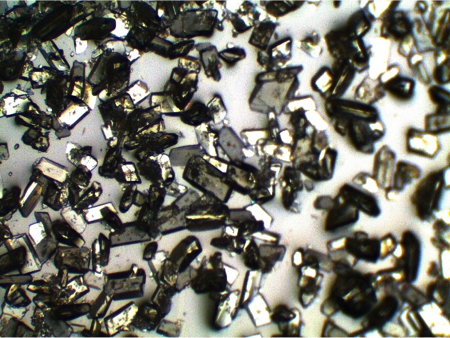 |
There are far too many ways one can get single crystals of a compound to list, however there are some common techniques used. These have been summarized in an article by Peter G. Jones, Chemistry in Britain, 1981, 222-225. There is a WWW site compiled by Paul Boyle ("Growing Crystal That Will Make Your Crystallographer Happy") which also has very good for ideas on crystal growing. |
Bring what you have and then discuss if further crystallization is required.
Instruments
Click here for detailed information.
Rigaku Synergy S Diffractometer
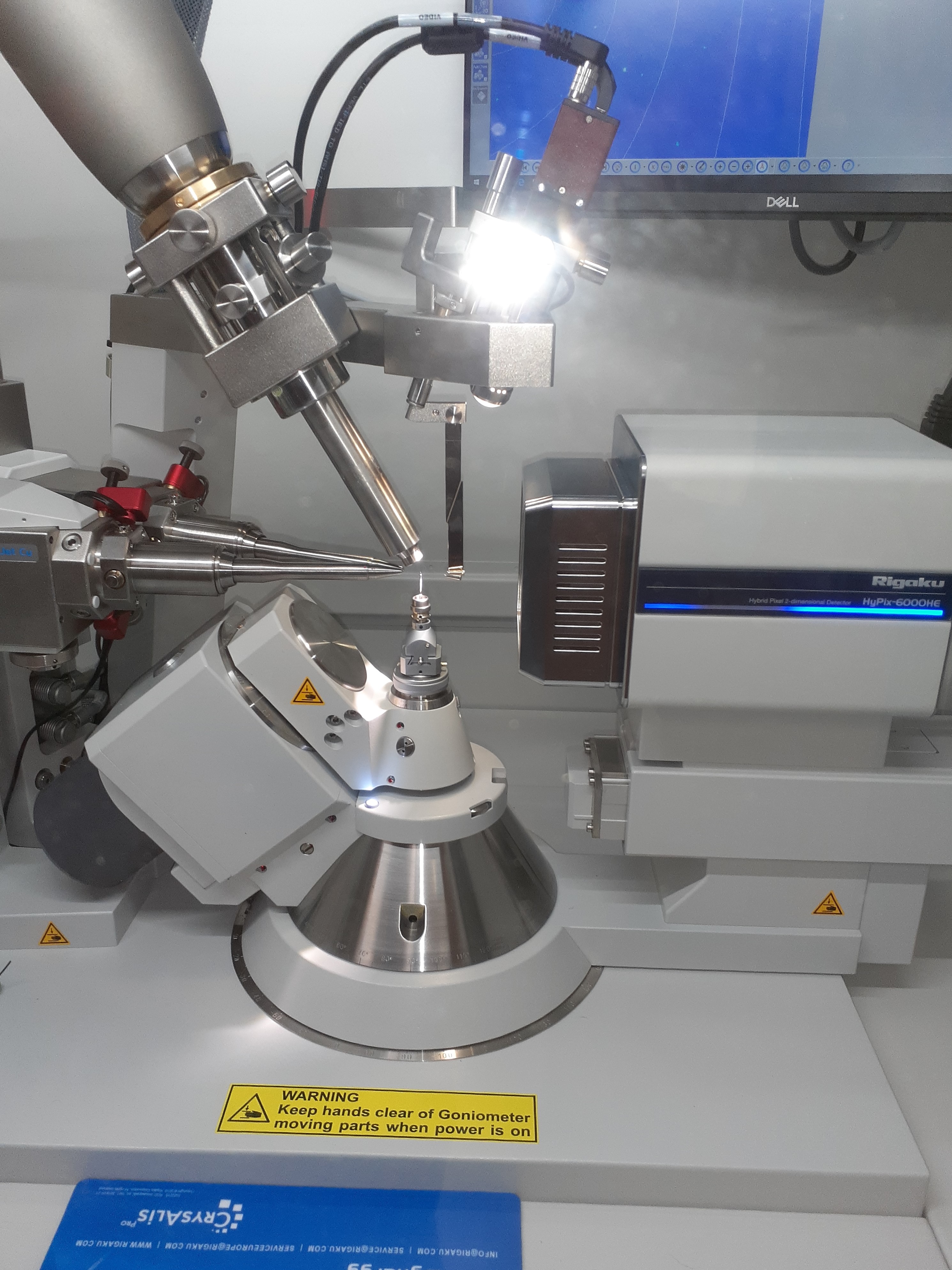 |
The Rigaku Synergy S Diffractometer was purchased with Support from the MRI program by the National Science Foundation under Grant No. 1919565. Read grant information here. |
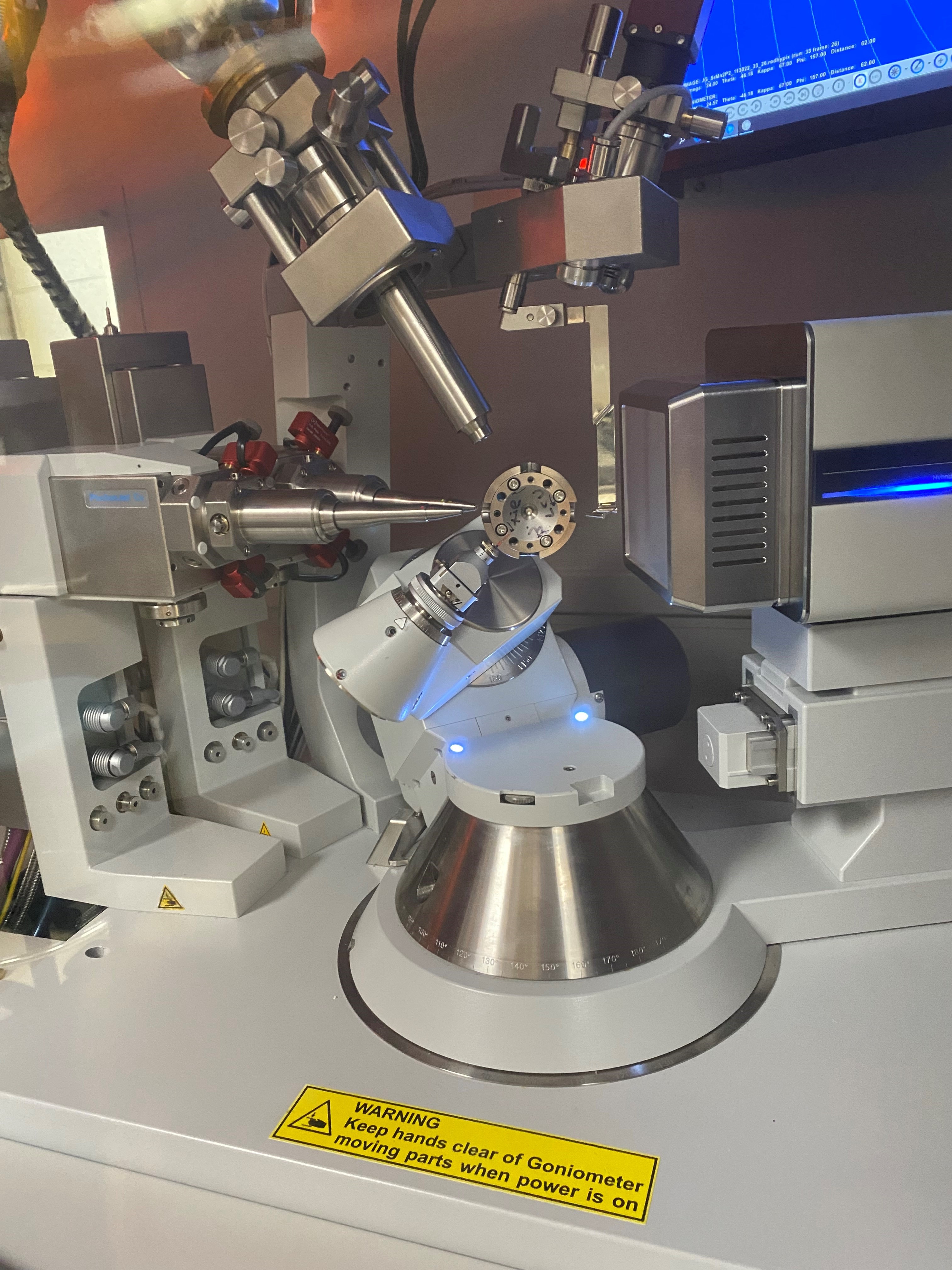 |
The High Pressure Rigaku Synergy S Diffractometer was purchased by Prefeessor Weiwei Xie. High Pressure Crystallographic Lab. |
Lab Users and Policies
The basic policy of the lab is always to be kind and considerate of others.
The facility is open to all departments of the university.
Specific guidelines for the facility are given in the PDF document User's Guide.
Getting Crystals
Producing good quality crystals of a suitable size is the first and most important step in determining any crystal structure. Crystallization is the process of arranging atoms or molecules that are in a fluid or solution state into an ordered solid state. This process occurs in two steps, nucleation and growth. Nucleation may occur at a seed crystal, but in the absence of seed crystals usually occurs at some particle of dust or at some imperfection in the surrounding vessel. Crystals grow by the ordered deposition of material from the fluid or solution state to a surface of the crystal.
Read Getting Crystals Your Crystallographer Will Treasure by Richard J. Staples for more information including about getting started, crystal growth, crystallization methods, crystal selection and evaluation, and more.
Mounting Crystals
Crystal mounting (routine) is performed using the GZ6 Stereo microscope and accessories of the laboratory. Low temperature and/or sensitive crystals are handled using a variety of techniques, some of which are covered by Hakaon Hope (ACS Symposium Series No. 357, Experimental Organometallic Chemistry: A Practicum in Synthesis and Characterization, Chapter 10, "Handling of Reactive Compounds for X-ray Analysis", pp. 257-262, 1987). The user can supply properly mounted crystals or have the laboratory manager mount the crystals.
We mount most crystals with fine nylon loops or glass/quartz fibers which are attached to the copper mounting pin held on by a magnetic base. We routinely used epoxy as the means to attach the glass fibers to the copper pins. After selecting our crystal in a small amount of paratone oil, we then holding the mounting pin by hand, push the crystal with the fiber out of the oil. This will remove excess oil from the crystal and leave a small amount that will allow you to pick up the crystal off the slide. Sometimes you may need to flip the crystal to remove the oil from the other side of the crystal. With practice you can then get the crystal to adhere to the end of the fiber or in a nylon loop. Some rare cases you may need to use a heavier grease to get the crystal to remain on the fiber, apiezon-T grease works. The pin is then carefully placed on the goniometer in the low temperature stream on the diffractometer. Highly sensitive material may require fluorinated grease.
Mounting Crystals Movies
Placing crystal on Fiber
Using Bruker AXS Glue
A webinar sponsored by Bruker AXS that covers mounting and growing single crystals is also available upon request.
